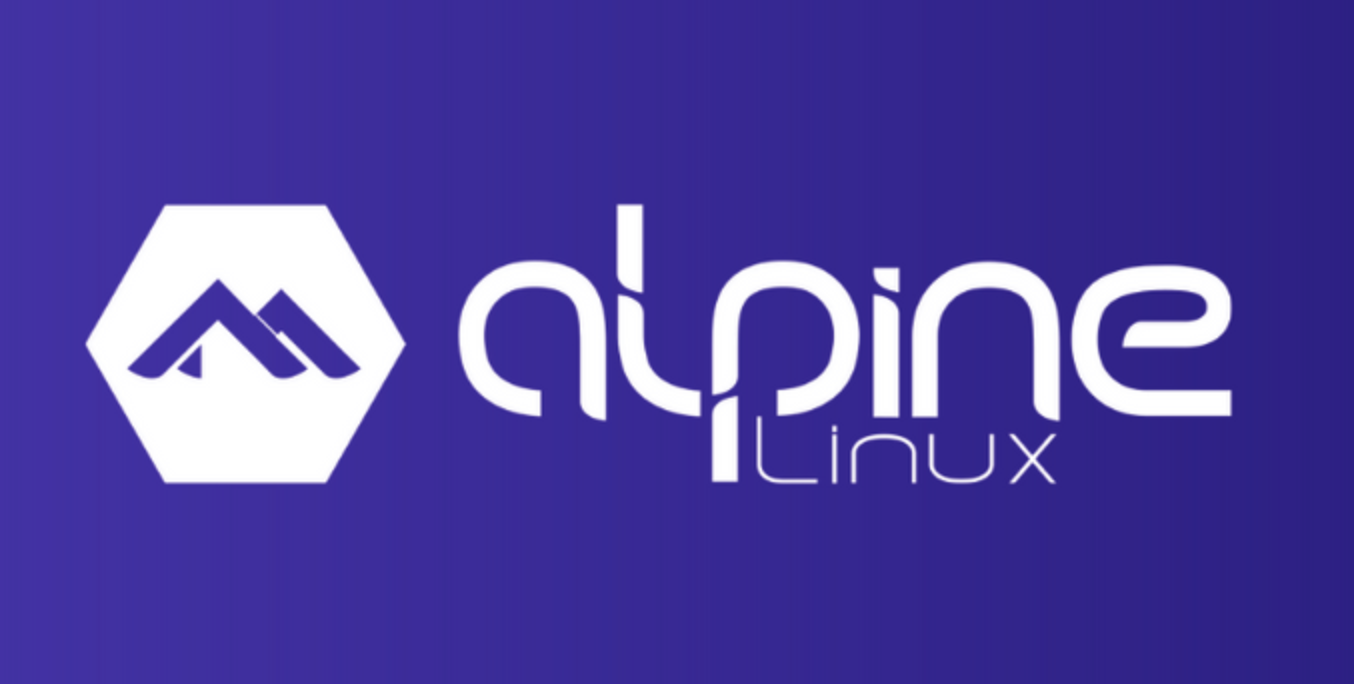Announcing General Availability of HashiCorp Nomad 1.0
Nomad 1.0, released in GA today, is a major milestone for the Nomad team and HashiCorp.
Today we are pleased to announce the general availability of HashiCorp Nomad 1.0. Nomad is a simple and flexible orchestrator to deploy and manage containers and non-containerized applications across on-premises and cloud environments at scale. Nomad is widely adopted and used in production by organizations like Cloudflare, Roblox, Q2, Pandora, and more.
Nomad 1.0 introduces a major new capability with Dynamic Application Sizing, releases Namespaces to be available in open source, and includes many new capabilities to improve the operational simplicity and deployment flexibility.
»Nomad 1.0 Highlights
-
Dynamic Application Sizing (Enterprise): This feature monitors Nomad jobs, tracks their resource usage, and right-sizes applications to their most efficient levels of resource consumption through recommendations based on analysis of historical data. Organizations can optimize application resource consumption intelligently and non-disruptively at scale without the manual, trial-and-error of hardcoding resource requirements. Read more here.
-
Namespaces (OSS): This feature enables jobs and their associated objects to be segmented from each other and other users to achieve multi-tenant clusters. This Enterprise feature is now available in open source.
-
Event Stream: This feature lets you view and subscribe to a single, unified timeline that streams all high-level events to better understand how the Nomad cluster is performing. Observe state changes that occur at the Job, Allocation, Evaluation, Deployment, and Node levels in Nomad in real-time for stronger tracing and debuggability. Read more here.
-
HCL2: The newest version of the HashiCorp Configuration Language (HCL2) syntax adds powerful new expressibility into Nomad job files. With the addition of variables, functions, templating, and expression support, users can create dynamic and flexible configurations to adapt their Nomad job files to a range of internal needs within their organizations.
-
Dynamic Envoy Versioning: At runtime, Nomad will now query HashiCorp Consul locally to launch the Connect sidecar proxy task with the latest supported version of Envoy by default. This feature ensures people using Nomad and Consul together will always have a current, first-class compatibility that starts at the node level rather than the cluster.
-
CNI Improvements: IP addresses created via the Container Networking Interface (CNI) or multi-host networks can now be exposed and registered directly with Consul.
-
Consul Namespace: Users of Consul Enterprise can now configure a single Nomad cluster to support a single Consul namespace.
-
Topology Visualization (UI): This new UI feature enables you to see all datacenter, node, and allocation information and their resource utilization in a Nomad cluster. Users can utilize this to intuitively understand cluster capacity, observe how application deployments are distributed across nodes, and proactively identify suboptimal collocations of allocations to lower blast radius in node failures. Read more here.
Visit HashiCorp Learn for our collection of new tutorials for Nomad 1.0.
»The 2 Million Container Challenge
Nomad uniquely excels in performance and operational simplicity at scale. We perform strenuous scalability benchmarking to ensure that any customer can confidently scale up their Nomad deployment even under the most extreme requirements. In parallel with the release of Nomad 1.0, the team is announcing the completion of the 2 Million Container Challenge. As part of this benchmark, Nomad scheduled 2,000,000 docker containers over 6,000 hosts across 10 AWS global regions in 22 minutes, with nearly 1,500 containers deployed per second. Read the report to learn more.
»The Journey to Nomad 1.0
As the orchestrator market matured rapidly over the past few years, more organizations have moved beyond the market hype and now leverage orchestrators based on their particular needs and constraints, such as the nature of their applications, infrastructure environments, technical competencies, team sizes, budgets, SLAs, and more. We see an increased number of users organically adopting Nomad as an alternative or supplement to Kubernetes because of Nomad’s two core strengths: simplicity and flexible workload support. We are inspired by the stories of companies running Nomad around the globe. The passionate Nomad users from startups to the world’s largest companies continue to drive us to invest in Nomad to accelerate developer velocity without the burden of complexity.
Nomad 1.0 is a major milestone for the Nomad team and HashiCorp. It signifies the product maturity, stability, and user adoption. Looking back at the journey since Nomad’s initial launch in 2015, it’s important to note that this release today is the result of the consistent hard work and collaboration between HashiCorp and the open source community. We are grateful to the community for your contributions. Thank you for all of your pull requests, ideas, bug reports, and support.
Sign up for the latest HashiCorp news
More blog posts like this one

Introducing The Infrastructure Cloud
Do cloud right with The Infrastructure Cloud from HashiCorp. Unlock developer potential while controlling cloud costs and risk.

Installing HashiCorp tools in Alpine Linux containers
Learn the installation and verification workflow for any Linux distribution that does not include HashiCorp software in its package repository.

Nomad JWT auth with GitHub Actions
Learn how JWT-based authentication works in HashiCorp Nomad using a custom GitHub Action as an example of machine-to-machine authentication.